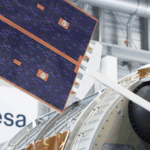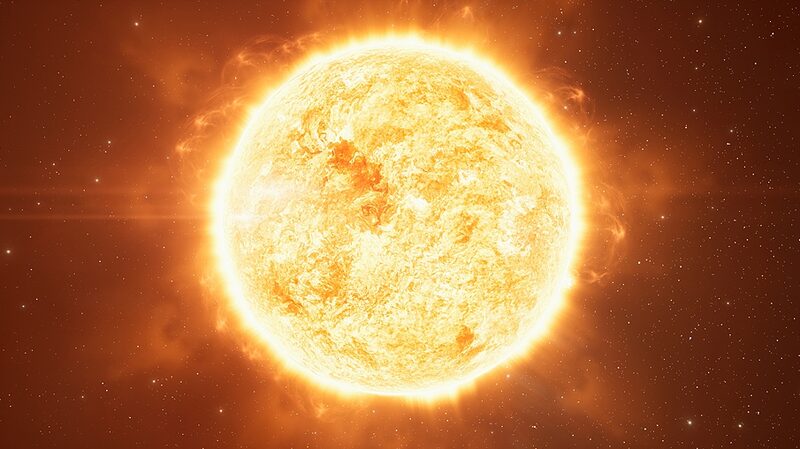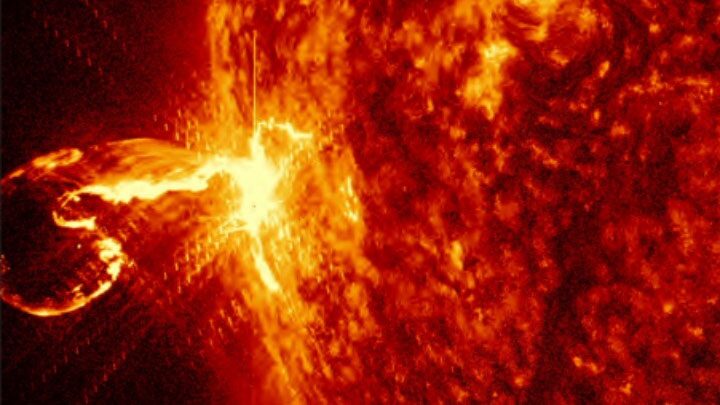NASA's CubeSat Radio Interferometry Experiment (CURIE) is all set to launch this Tuesday, embarking on an exciting journey to uncover the mysteries of solar radio waves – a crucial factor in space weather! 🌞🚀
CURIE will blast off aboard the ESA's Ariane 6 rocket from the Guiana Space Center in French Guiana, soaring to an altitude of 360 miles above Earth. 🌍✨
Using the innovative technique of radio interferometry, CURIE aims to delve into the radio burst emissions from solar eruptions like flares and coronal mass ejections. These solar events are major players in space weather, influencing auroral activity and geomagnetic conditions on our planet. 🌌🔭
Designed by a brilliant team from the University of California, Berkeley, CURIE is pioneering as the first mission to measure radio waves in the 0.1-19 MHz frequency range directly from space. This research is groundbreaking because Earth's upper atmosphere blocks these wavelengths, making space the only vantage point! 🌠🛰️
CURIE will utilize low-frequency radio interferometry, a technique never before used in space, to conduct its research. The mission's two independent, shoebox-sized spacecraft will orbit Earth about two miles apart, allowing them to detect tiny differences in radio wave arrival times. This precise measurement will pinpoint the exact origins of these cosmic radio waves! 🛰️🛰️💫
Stay tuned to NewspaperAmigo.com for more updates on NASA's CURIE mission and its quest to decode the sun's radio secrets! 🌞📡✨
Reference(s):
cgtn.com






